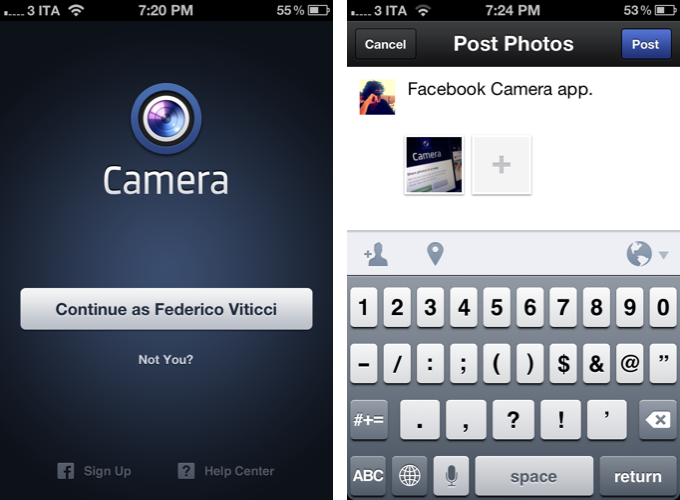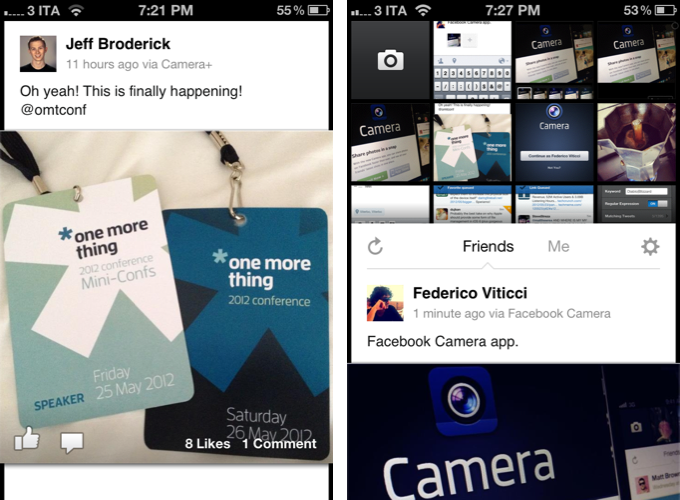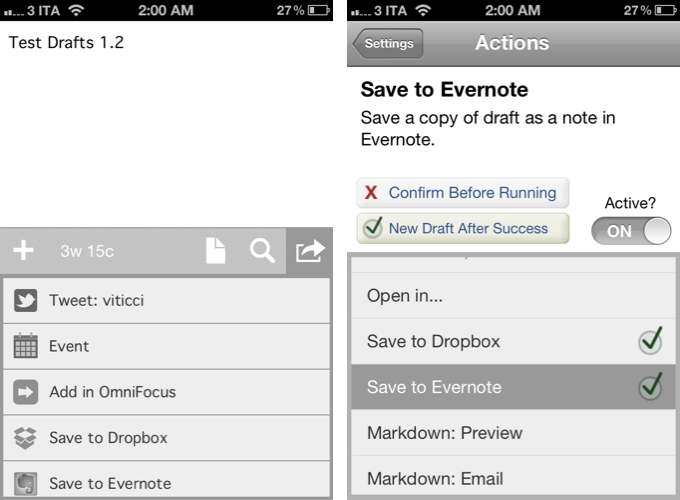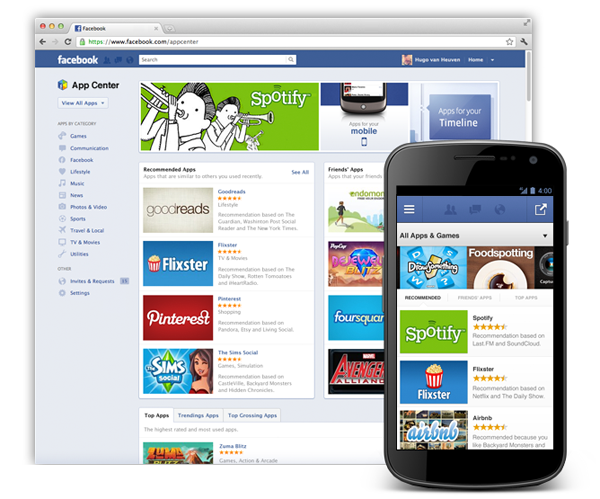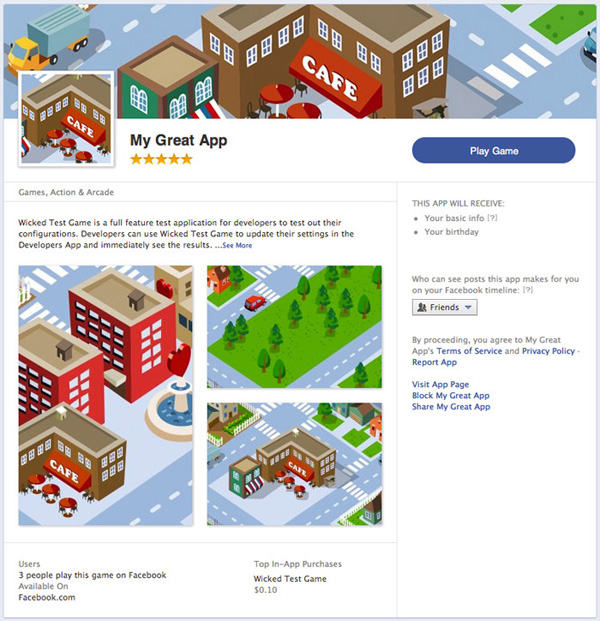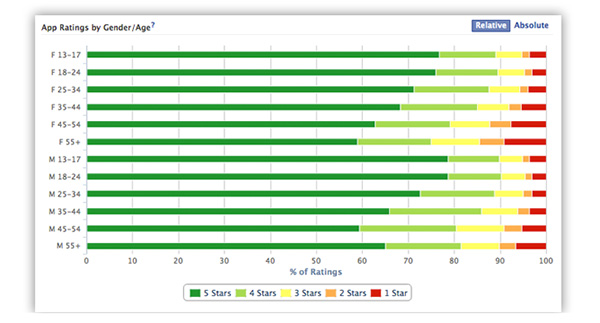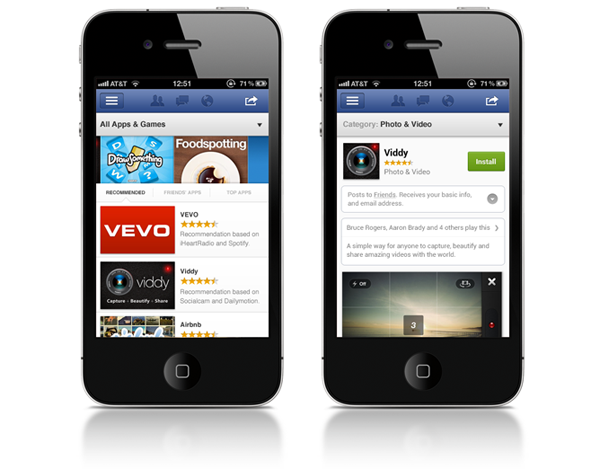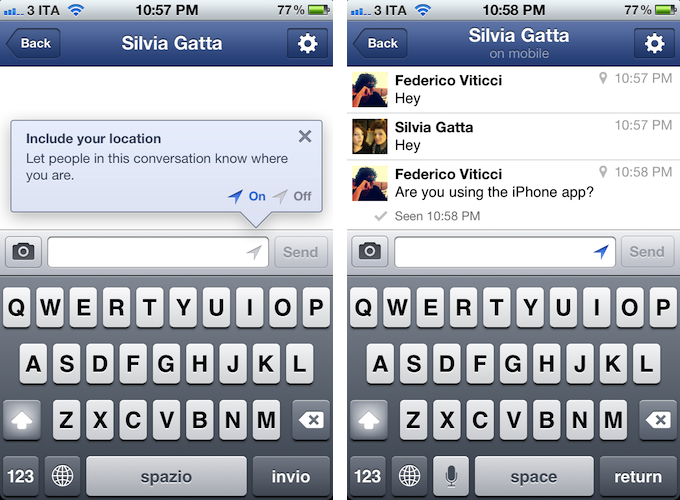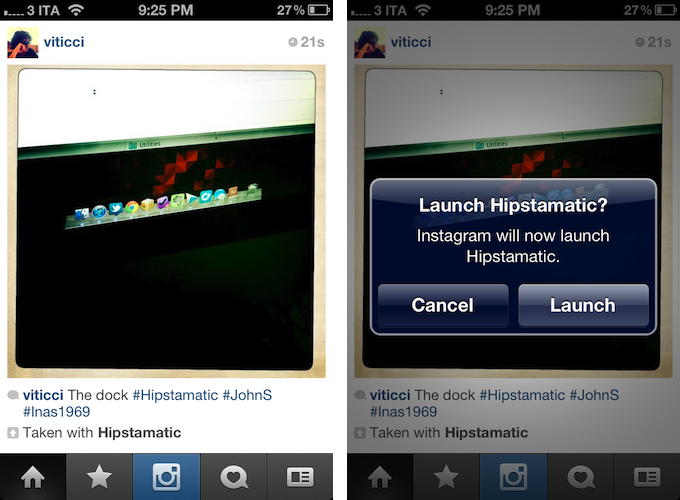Facebook Releases Standalone Camera App
Facebook’s acquisition of Instagram raised eyebrows and foreshadowed the launch of a Facebook branded camera app, separate from the official Facebook application just as Facebook Messenger and Facebook Pages Manager are. Combined with the dream team of developers from Sofa, Facebook’s previous talent pull seems to have paid off with Facebook Camera, a central app dedicated to taking pictures, lightly editing photos, and uploading pictures to your Facebook profile. With cropping and straightening tools, the ability apply stylish filters, batch upload multiple photographs at a time, and view your friend’s photos in fluid streams a la the camera roll, we’re left astonishingly impressed with Facebook’s latest mobile application.
Facebook’s Camera app looks great. Looks like Sofa’s @dirkstoop had a big hand in it too. theverge.com/2012/5/24/3040…
— Steve Streza (@SteveStreza) May 24, 2012
Facebook’s app makes it easy to take photographs, batch upload your images (up to 2048 x 2048 pixels), tag them, and apply up to fifteen different filters not dissimilar from Instagram. A vertical feed of large photos, expansive album views, and an engaging progression of composing photos to uploading your favorite shots makes Facebook Camera feel like a solid camera application. Many unexpected elements can be pulled and pushed onscreen to reveal or hide information, and the app is simple enough to be intuitive without feeling crowded like you would expect a management app to be. Facebook has a well balanced, thoughtful, and overall enjoyable app on their hands. Facebook users should love it.
From Ellis Hamburger at The Verge:
Facebook Camera just became instantly the best way to upload photos to the social network, just ahead of Batch and other competitors. It’s simple to take photos, tag them, and upload them en masse, which is something we’ve been asking for for a long time.
Animations throughout Facebook Camera are fluid, the app is fast, and there’s a lot of clever interaction to take advantage of throughout the interface — clearly Facebook’s acquired talents have been hard at work in making the app to not just feel like a boring extension of Facebook, but rather a necessary addition that belongs, no, deserves to be on a Facebook user’s smartphone. Facebook has made an incredibly bold statement with Facebook Camera — they’ve stepped up to the plate to deliver a solid application that doesn’t feel tacked on or only done for the sake of their platform. It’s a serious release. Just look at their landing page.
All Things D and The New York Times both have introductory pieces on Facebook’s latest app release alongside Facebook’s official announcement on their blog. We recommend trying the app for yourself by downloading Facebook Camera from the App Store. A lot of care went into this app, and we’ll have more coverage after we spend some time using what’s already given us a great impression.


